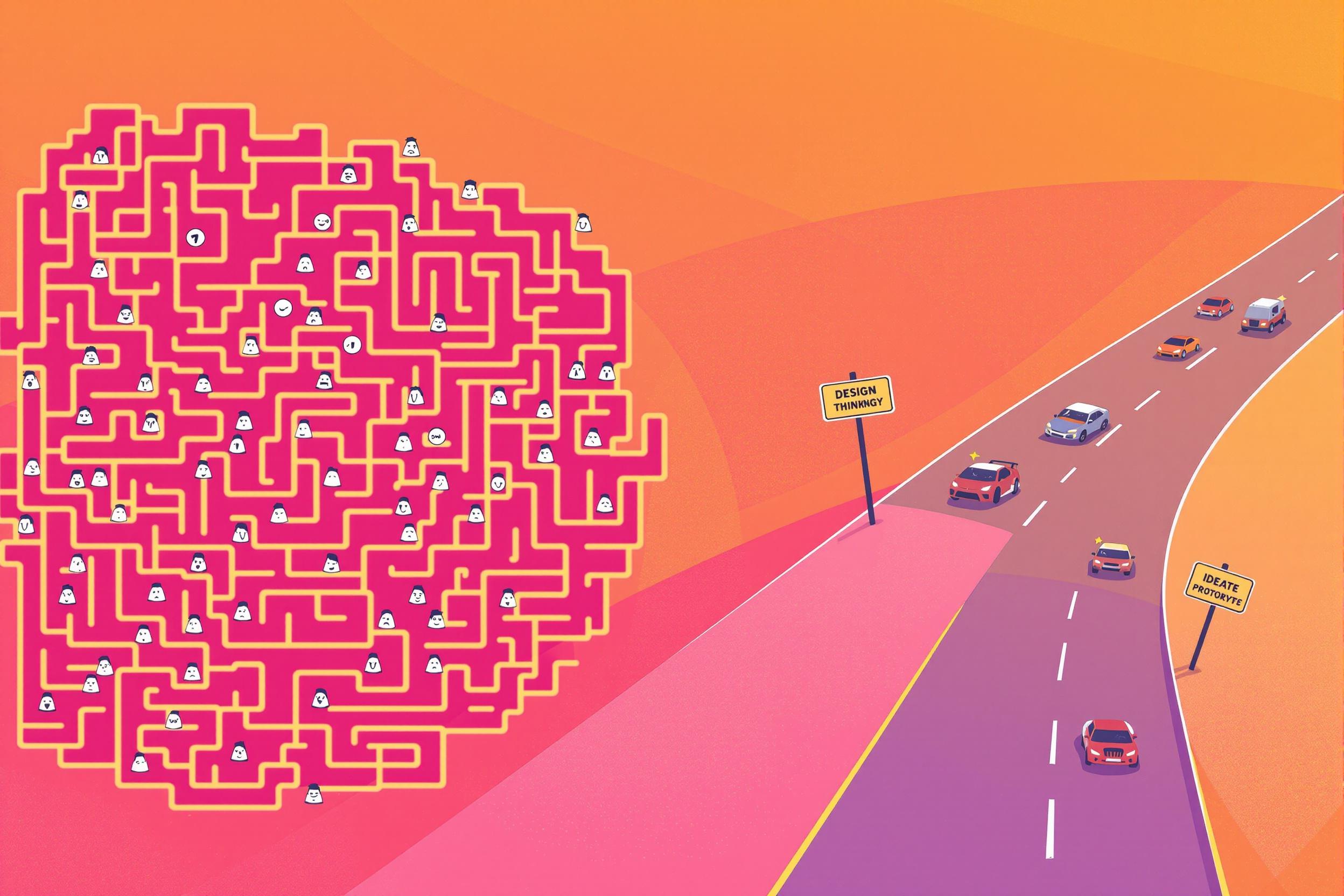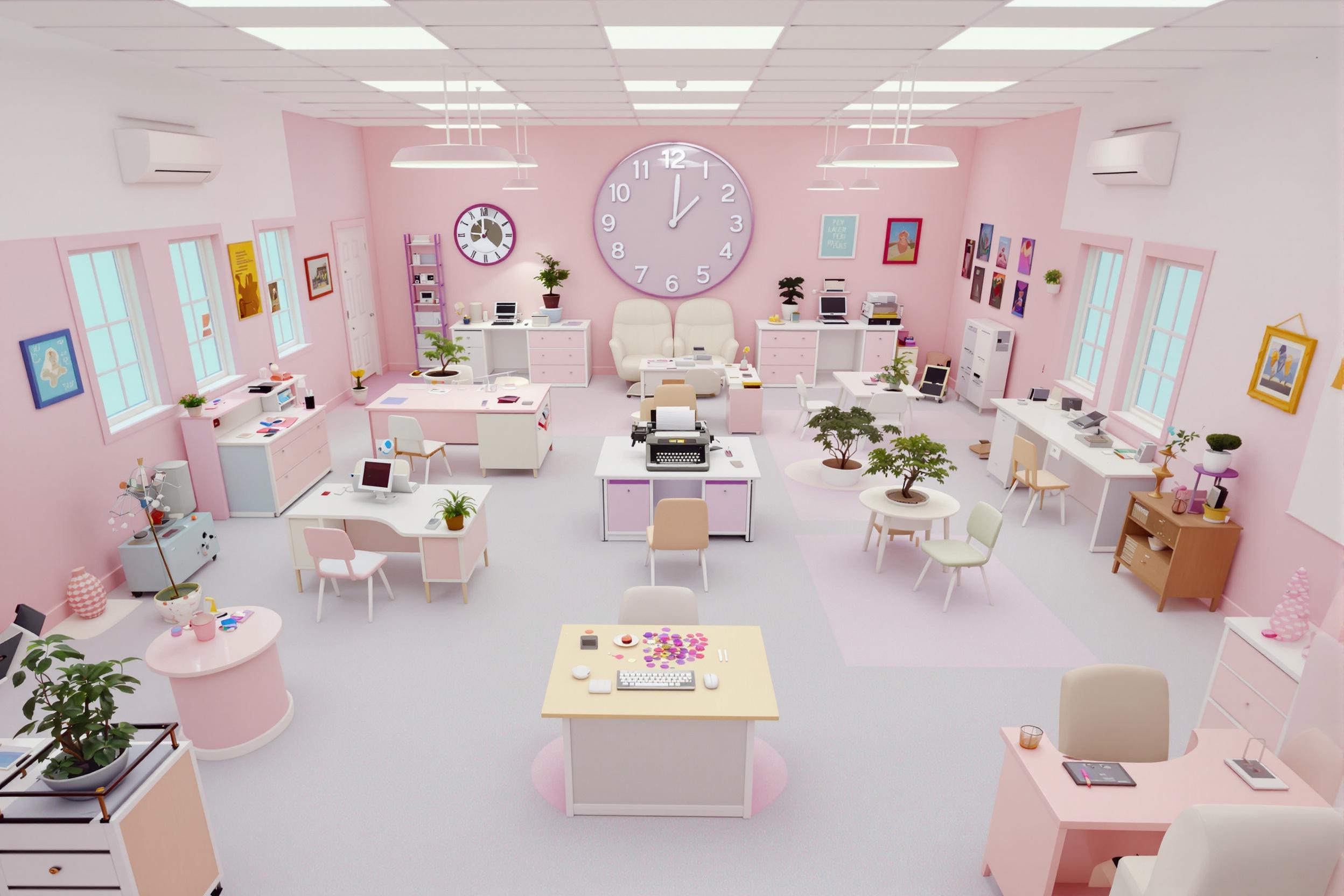
Exhibition Design
Exhibition Design is the art of creating engaging spaces to display artwork, products, or information in museums, galleries, trade shows, and cultural events. It's similar to interior design, but focuses specifically on temporary or permanent displays that tell a story or showcase items. Exhibition designers plan how visitors will move through a space, where items should be placed, and how lighting, colors, and layout work together to create the right atmosphere. They often work with curators, artists, and other professionals to bring these displays to life. This field is sometimes called "museum design," "display design," or "installation design."
Examples in Resumes
Developed concept and layout for Exhibition Design of major museum retrospective
Created innovative Exhibition Design solutions for traveling art installations
Led team of 5 in Exhibition Design for international trade show displays
Typical job title: "Exhibition Designers"
Also try searching for:
Where to Find Exhibition Designers
Professional Organizations
Job Boards
Professional Networks
Example Interview Questions
Senior Level Questions
Q: How would you handle a project with conflicting stakeholder requirements and a tight budget?
Expected Answer: A senior designer should discuss their experience managing client expectations, creative problem-solving to meet budget constraints, and ability to find compromises that satisfy all parties while maintaining design integrity.
Q: Tell me about a challenging exhibition you managed and how you overcame any issues.
Expected Answer: Should demonstrate leadership skills, problem-solving abilities, and experience with complex project management, including examples of adapting to unexpected challenges during installation.
Mid Level Questions
Q: How do you consider accessibility in your exhibition designs?
Expected Answer: Should explain considerations for different visitor needs, including physical accessibility, viewing heights, text size, lighting, and navigation through spaces.
Q: What factors do you consider when designing traffic flow in an exhibition space?
Expected Answer: Should discuss visitor movement patterns, space requirements, storytelling through layout, peak capacity planning, and emergency exit considerations.
Junior Level Questions
Q: What software tools do you use in your design process?
Expected Answer: Should be familiar with basic design software like SketchUp, AutoCAD, or similar tools for creating layouts and visualizations.
Q: How do you start planning a new exhibition design?
Expected Answer: Should demonstrate understanding of basic design process: gathering requirements, researching content, creating initial concepts, and basic space planning.
Experience Level Indicators
Junior (0-2 years)
- Basic 2D and 3D design software
- Understanding of space planning
- Knowledge of basic materials and lighting
- Ability to create simple technical drawings
Mid (2-5 years)
- Project coordination
- Budget management
- Advanced visualization techniques
- Understanding of building codes and safety regulations
Senior (5+ years)
- Complex project management
- Team leadership
- Client relationship management
- Strategic planning and concept development
Red Flags to Watch For
- No portfolio or visual examples of past work
- Lack of knowledge about safety regulations and accessibility requirements
- No experience with budgeting or project timelines
- Poor understanding of different materials and construction methods
Related Terms
Need more hiring wisdom? Check these out...

Why Your Hiring Process is a Maze (And How Design Thinking Can Turn It into a Superhighway)

Beyond Borders: Mastering the Art of a Global Onboarding Calendar

From Farewells to Future Allies: Transforming Exit Interviews into Lifelong Connections

